FOREWORD: BRIT BOFFIN DELIVERS STEAMPUNKS PURE QUILL! or AFTER SUCH KNOWLEDGE, WHAT THRILLS?
Paul Di Filippo

I TS NEVER TOO LATE to have a happy childhood.
This bumper-sticker-quality slogan, often interpreted as a slightly disreputable excuse for intransigent Peter-Pan-style misbehavior and shirking of adult responsibilities, seems to me somehow admirable and endorsable on a higher plane, and also to be a sentiment particularly tied up with the science-fiction weltanschauung.
We all know another expression that is a kissing cousin to the one above: The Golden Age of science fiction is thirteen.
Put the two maxims together, and you get something that may be more tediously and laboriously expressed thus:
A youthful sense of wonder invoked by apprehension of the true dimensions of the cosmos and the depiction of the mysteries of creation in the literature of the fantastic a frisson frequently experienced most intensely in early adolescence may, with some effort and imagination, be recaptured even by jaded and stale adults via a deliberate and forceful re-virginization of the intellect and emotions, in the presence of appropriate eidolons.
Whew! I warned you it was going to be a laborious and tedious restatement, didnt I?
In any case, I believe you now grasp how these twinned sentiments define the core ethos of the true science fiction fan. Even in our most cynical moments, appalled by the flood of stale, mercenary literary trash masquerading as novelty, coarsened by our own addiction to mindless repetitive kicks, beset by the quotidian hardships of mature existence, teased and betrayed by the empty eye-candy of Hollywood, we somehow maintain an undying spark of idealism that may be fanned back into a flame with the proper attitude and objects of worship.
When I ponder along these lines, I am always reminded of a self-observation made by legendary SF editor David Hartwell, who not bragging, and with all due humility and gratitude was once heard to say, I became the adult I envisioned myself being as a child. Lucky Hartwell! For most of us, invoking and living out! that youthful, idealistic self-concept requires the painful stripping away of layers of hardened indifference and disappointment, guilt and fear of betrayal.
One method of summoning up such potent ghosts of our hearts dawn is to return to our roots, whether literally or literarily.
The SF reader today is lucky enough to have easy and unimpeded access to the entire corpus of our genres history. True, much of the canon remains lamentably and in a technical quibble out of print, in the sense that no major or minor publisher lists a certain title on their official backlist. And yet, as critic Barry Malzberg has observed, when sixty seconds of internet activity is sufficient to secure either a digital or hard copy of practically any book you can name, then out of print has very little practical meaning any longer.
But of course, having curated old-school texts available in handsome new editions is the gold standard for enjoyment and revivification of the readers spirits. Presses such as NESFA, Wesleyan, Haffner and Baen have introduced new generations of readers to the classics of the genre, and allowed old-timers to freshen up their memories. And in fact, the opportunity, for instance, to read thirteen volumes of The Complete Short Stories of Theodore Sturgeon (North Atlantic Books) is not merely an exercise in nostalgia but an unprecedented chance to totally reassess an authors career and perform new feats of scholarship made possible only by this unique presentation.
All of this prelude about being born again into Our Lord Science Fiction, and the necessity of proper psychoactive sacraments, brings us of course to the volume you hold in your hands. But before I begin extolling the worth of these stories and their editor, allow me to offer a small new insight into the allure of steampunk, an a-ha moment that occurred to me only as I framed my thoughts here.
By now, I and hundreds of others, both within and without the field, have written ourselves hoarse on the peculiar virtues and traits of this fascinating subgenre, so I wont rehash all the learned analyses again. But since the phenomenon of steampunk shows no sign of well, losing steam and in fact seems to be still accelerating, there must exist some hidden engine at the heart of the mode which we have not yet identified.
I believe it is this:
Steampunk is science fictions age thirteen.
Steampunk is the adolescent SF genre dreaming of the adult it hopes to grow up to become.
Steampunk is science fictions subconscious attempt to have or re-have a happy childhood, shorn of all the fossilized crap encrusting the medium.
Mike Ashley makes much the same point in the opening paragraphs of his witty and learned introduction, but in a more scholarly way, compared to my perhaps overly poetic metaphors. But this only marks a minor difference in style and angle of attack between us, not in shared vision.
Having had the privilege of cohabiting with Mike Ashley in a certain online forum of savants for over a decade, and of enjoying his patronage as expert commissioning editor of several of my stories, I can say with all proper objectivity that this man is not only one of the most erudite and insightful historians and critics of our field, but also an admirable fellow who, like David Hartwell, has succeeded in maintaining unbesmirched his wide-eyed, passionate love affair with science fiction. His generous embrace of the field in all its manifestations and all its ages is heartening and inspiring.
Ashley is one of only a very few editors learned enough to have assembled this treasure trove of truly enjoyable and eye-opening Ur-steampunk. His Indiana-Jones-style expeditions through the bowels of the British Library, his safaris through jungles of moldering pulp, have acquainted him with exotic tribes and species unknown to lesser explorers.
But the real brilliance of this volume lies in the very stroke of its conception: to forsake the secondary texts of modern authors which, however entertaining and relevant, are, after all, knockoffs and pastiches and xeroxes, to greater or lesser extent and to return to the pure quill, the Victorian roots of the genre, as codified entertainingly and at first-hand by our ancestors.
The assemblage of these unjustly forgotten stories each with its perceptive Ashley introduction, in which he offers biographical, cultural and critical insights galore provides us with a chance to divest ourselves of a century of preconceptions, misconceptions and misprisions, and to return to the dawn of a literature, when the future our present still shone with a numinous radiance.

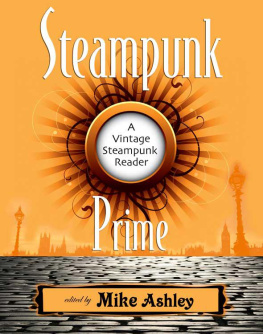
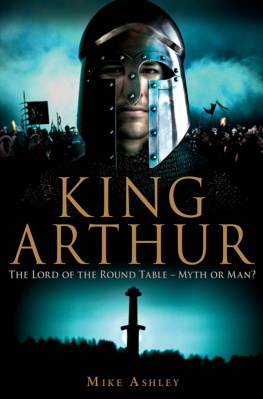
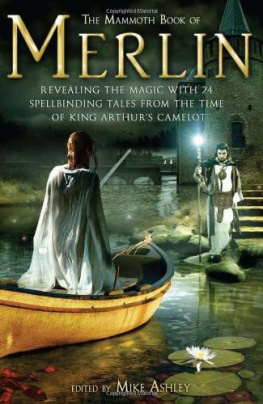
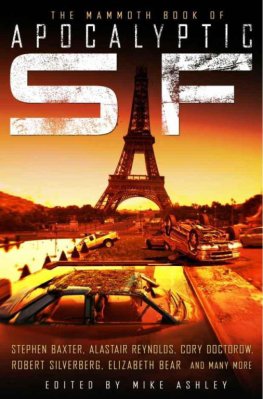
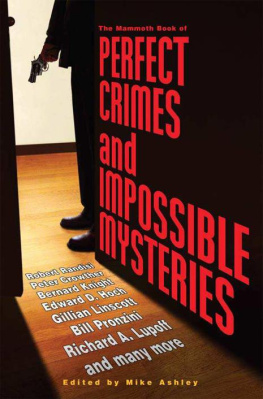

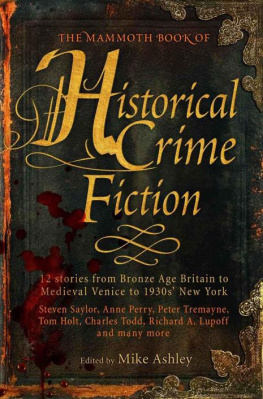

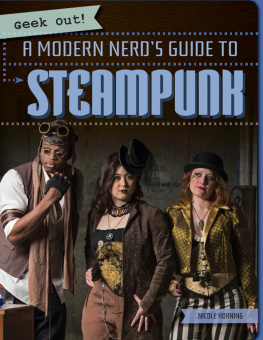


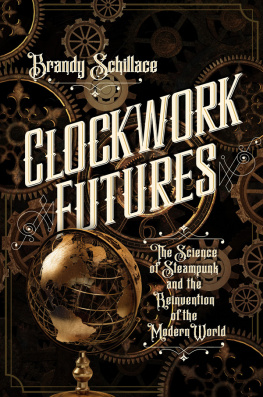
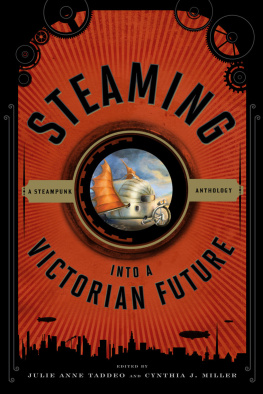

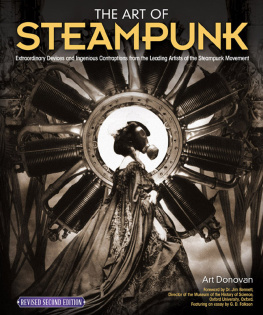
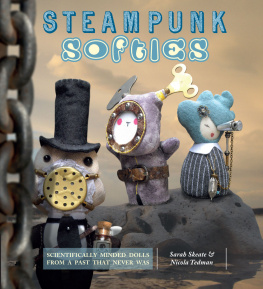
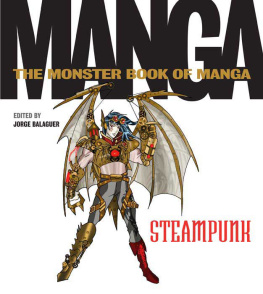
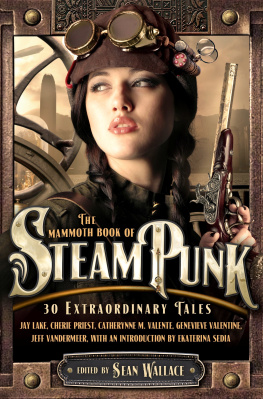

 Nonstop Press
Nonstop Press
